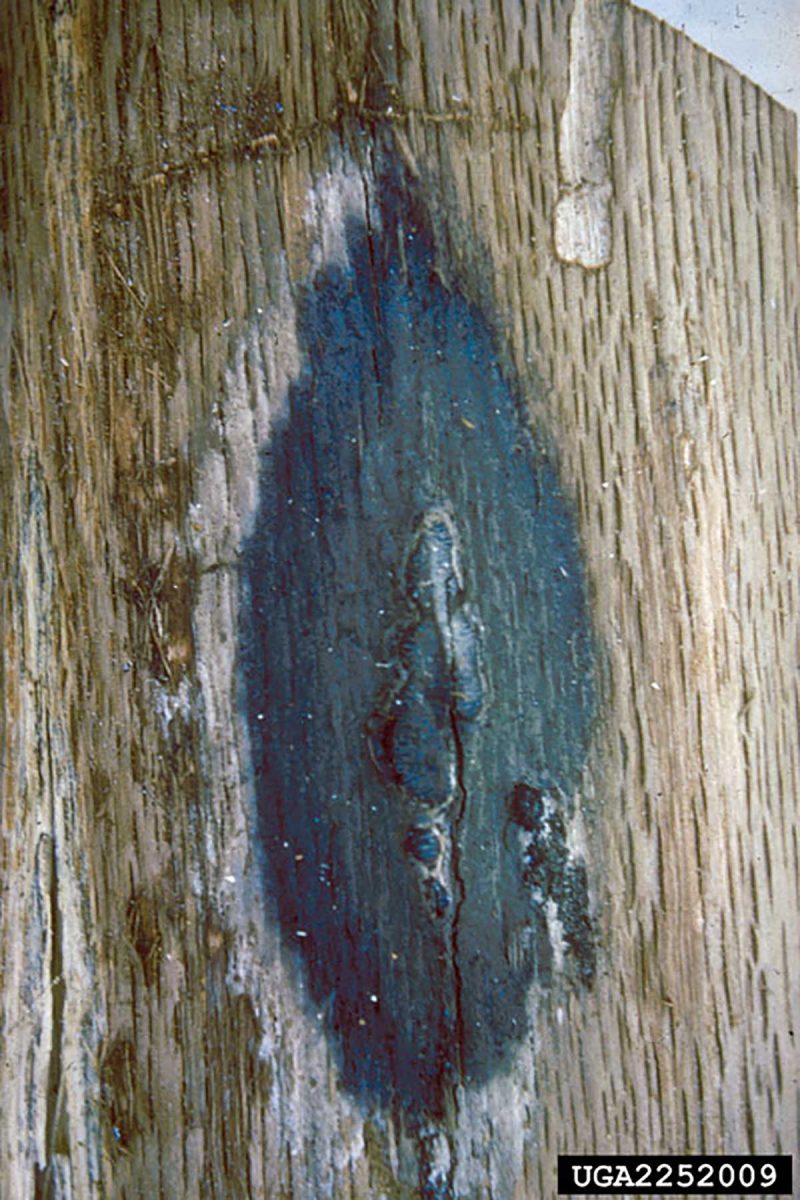by Brynn Kiley, Invasive Species Liaison at Manitoulin Streams
MANITOULIN–Manitoulin Streams advocates for the conservation and restoration of aquatic and terrestrial ecosystems across the Island. Maintaining ecological balance requires the protection of native species through the prevention and management of the spread of invasive species. Invasive species pose many risks, not only to native species, but to every organism that inhabits the invaded region. Invasive species control is an essential component of environmental conservation.
Oak wilt, an introduced threat that has been spotted in Michigan, just 600 metres across the water from Windsor and Ontario’s forests, is an infectious—and often fatal— fungal disease that is impacting oak trees. The fungus prevents water transport within the tree, eventually killing it as the severity of the infection worsens. Oak wilt is spread primarily by beetles, but can also be transmitted through root contact with an infected tree. Red and bur oak species are most susceptible to the fungal infection and the least likely to survive it. With oak wilt known to be present so close to Windsor and with a potential of moving into central Ontario, precautions must be taken to prevent the spread of this invasive disease. Not transporting firewood, avoiding pruning oak trees and reporting oak wilt infections are effective ways to discourage oak wilt transmission.
Mackenzie DiGasparro, program development coordinator at the Invasive Species Centre, notes that the Ontario Ministry of Natural Resources and Forestry and the Canadian Food Inspection Agency are actively monitoring for oak wilt and that the disease has not been detected in the province.
Still, given its method of transmission and proximity to Ontario, Oak wilt has the potential to devastate forests across the province, particularly in deciduous regions, and will be roundly detrimental to woodland biodiversity. A decline in oak trees would also have economic implications such as decreased property values (due to removed oak trees in oak-dominant areas), suffering of forest-based industries, and overall decreased popularity and satisfaction of outdoor recreation in tourism-dependent locations such as Manitoulin Island.
EDITOR’S NOTE: Brynn Kiley was raised on Manitoulin Island and is entering her fourth year at the University of Guelph completing a Bachelor of Science in Biological Science. She hopes to eventually pursue a career in conservation biology. Ms. Kiley’s position as invasive species liaison at Manitoulin Streams focuses on educating the public about invading species and the risks they pose to Manitoulin’s ecosystems. She will also take part in Streams’ activities such as tree planting as well as working with the Manitoulin Phragmites Project in its efforts to control invasive species on the Island.
